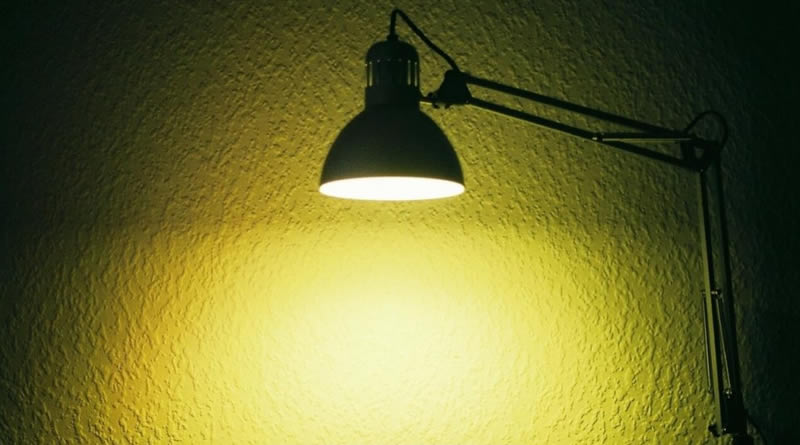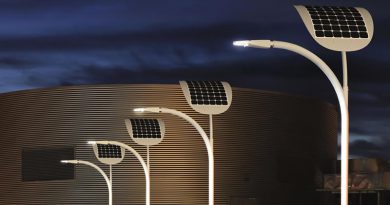Different Types of Lighting: Exploring Their Functions and Operation
Lighting is a fundamental aspect of our daily lives, influencing our experiences and perceptions of the world around us. There are various types of lighting available, each with its unique characteristics and purposes. In this article, we delve into the realm of illumination, exploring different types of lighting and how they operate. By understanding the functions and mechanisms behind these lighting solutions, we can make informed choices to create the desired ambiance and functionality in our spaces.
Natural Lighting
One of the most beautiful and readily available forms of lighting is natural light. It is provided by the sun and varies throughout the day, offering different intensities and qualities. Natural lighting has numerous benefits, including its ability to improve mood, promote well-being, and provide a connection to the outdoors. It enters spaces through windows, skylights, and other openings, creating a sense of openness and enhancing the visual appeal of a room.
Incandescent Lighting
Incandescent lighting is a traditional and widely recognized form of lighting. It works by passing an electric current through a filament, which becomes hot and emits visible light. Incandescent bulbs produce warm, soft lighting that is often used for general illumination or creating a cozy atmosphere. However, they are not energy-efficient compared to other lighting options and have a shorter lifespan.
Halogen Lighting
Similar to incandescent lighting, halogen lighting uses a filament but is enclosed within a quartz or hardened glass envelope filled with halogen gas. This design allows the bulb to operate at higher temperatures, resulting in a brighter and more efficient light output. Halogen bulbs are often used for accent lighting, task lighting, or in architectural settings where precise illumination is required. They provide crisp, white light and can be dimmed to create varying levels of intensity.
Fluorescent Lighting
Fluorescent lighting is known for its energy efficiency and longevity. It works by passing an electric current through a tube containing mercury vapor and a phosphor coating. This process generates ultraviolet light, which then interacts with the phosphor coating to produce visible light. Fluorescent lights come in various shapes and sizes, ranging from linear tubes to compact fluorescent bulbs. They are commonly used in commercial spaces, offices, and residential areas where efficient and widespread lighting is necessary.
LED Lighting
LED (Light Emitting Diode) lighting has gained immense popularity due to its energy efficiency, long lifespan, and versatility. LED bulbs operate by passing an electric current through a semiconductor material, which emits light. They offer a wide range of color temperatures, from warm to cool, and can be dimmed according to preference. LED lights are used in residential, commercial, and outdoor applications, providing energy-efficient lighting solutions for various purposes.
Conclusion
In conclusion, understanding the different types of lighting available allows us to make informed decisions when it comes to illuminating our spaces. Whether harnessing the beauty of natural light or exploring the characteristics of artificial lighting options such as incandescent, halogen, fluorescent, or LED, each type offers unique benefits and functionalities. By selecting the appropriate lighting solutions, we can create inviting environments, enhance visual experiences, and optimize energy efficiency. Let the interplay of light and shadow inspire you as you explore the vast possibilities of lighting design.




